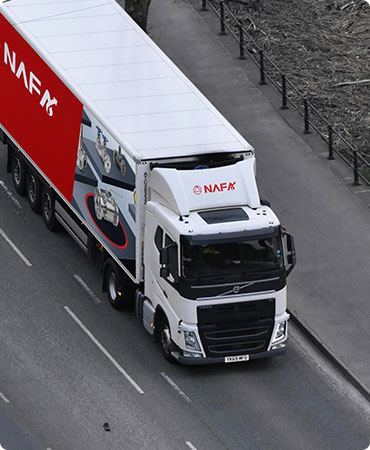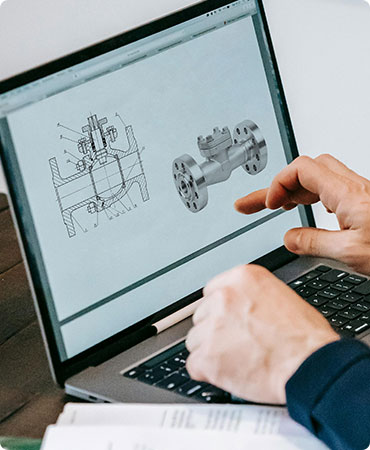




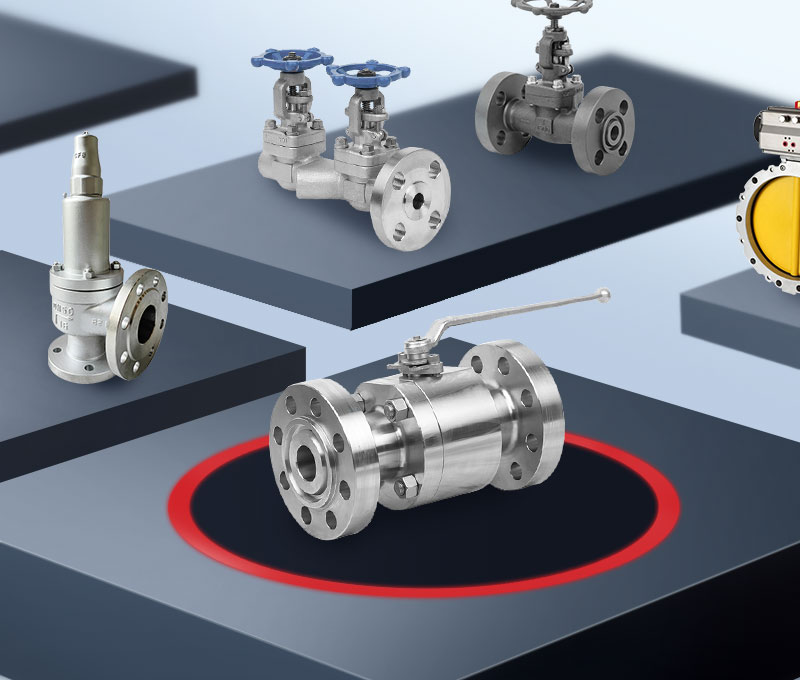

Connecting and cutting the medium;
Prevent media backflow;
Adjust pressure and flow rate;
Separating, mixing or distributing media;
To prevent the medium pressure from exceeding the specified value to ensure the safe operation of pipelines or equipment.

Wellhead Control
Pipeline Transportation
Pipeline Oil and Gas Transportation
Compression Station and Pumping Station
Storage and Distribution
Processing and Refining
Terminal Storage
Chemical Reactor Control
Process Piping
Storage Tank Safety
Fluid Transfer
Cooling Systems
Corrosive Material Handling
Waste Treatment
Mixing and Blending
Power Plant Cooling Systems
Steam Distribution
Turbine Control
Boiler Feedwater Systems
Heat Recovery Systems
Geothermal Plants
Solar Thermal Systems
Nuclear Reactor Cooling
Filtration and Chemical Dosing Systems
Desalination and Pumping Stations
Wastewater Treatment and Sludge Handling
Reverse Osmosis and Distribution Networks
Hydropower Turbine and Dam Control
Water Intake and Penstock Systems
HVAC Systems (Heating, Ventilation, and Air Conditioning)
Fire Protection Systems
Water Supply Networks
Sewage and Drainage Systems
Irrigation Systems
Gas Distribution
District Heating
Pressure Boosting Systems
Sterile Process Piping
Clean Room Systems
Bioreactor Control
CIP/SIP Systems (Cleaning-In-Place/Sterilization-In-Place)
Fluid Filtration
Solvent Recovery
Containment Systems
Water Purification






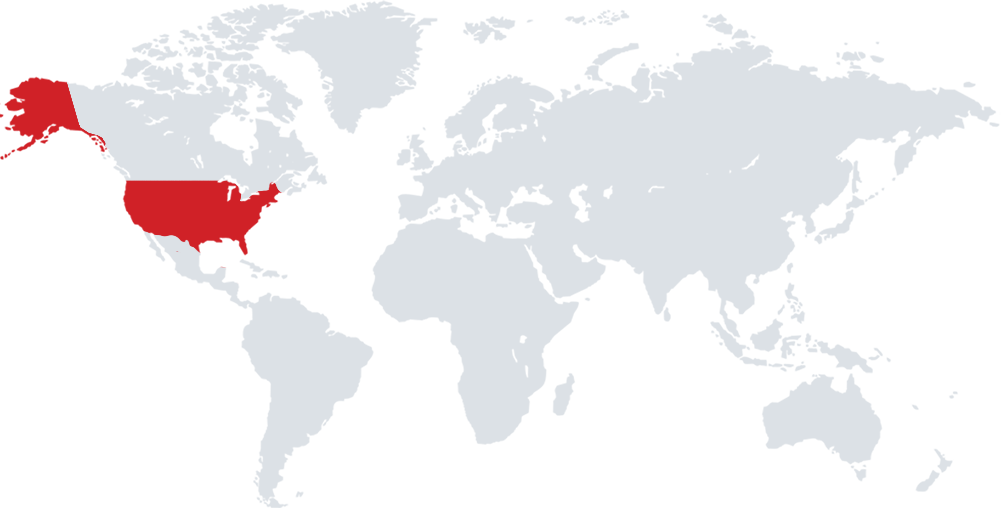
Valve standards in the United States are mainly developed by the American National Standards Institute (ANSI), the American Society of Mechanical Engineers (ASME) and the American Petroleum Institute (API). The ASME B16.34 standard covers flanged, threaded and welded valves, while the API 600 standard covers steel gate valves. These standards are widely used worldwide, especially in the oil and gas industry.

Japanese Industrial Standards (JIS) cover various types of valves, such as JIS B2071 specifying butterfly valves and JIS B2083 regulating cast iron gate valves. These standards are widely used in Japan and also in some Asian countries and regions.
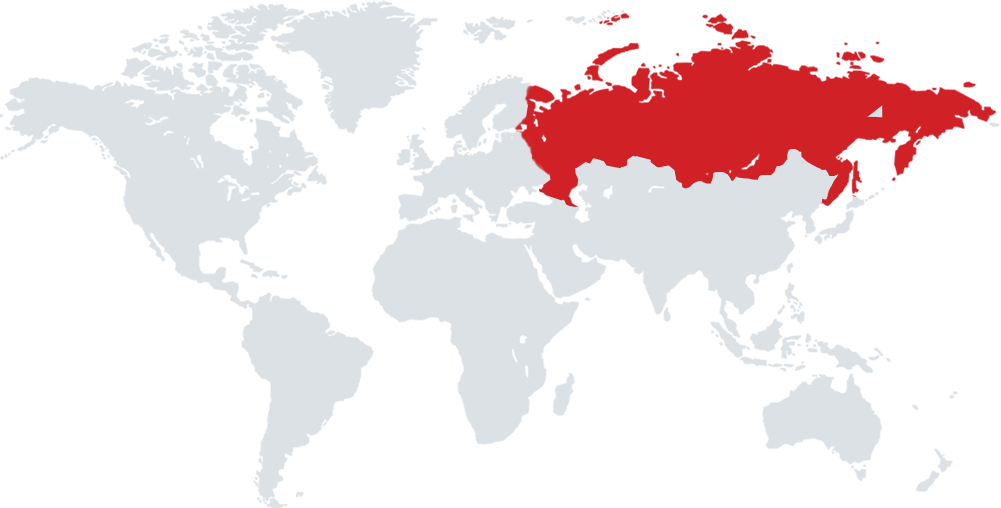
The GOST standard in Russia is formulated by the Russian Federal Bureau of Technical Regulation and Metrology, for example, GOST 12815-80 regulates the general technical conditions for flanged valves, and GOST 33259-2015 specifies steel ball valves. These standards are widely used in Russia and the countries of the former Soviet Union, ensuring the suitability of valves in cold climates.
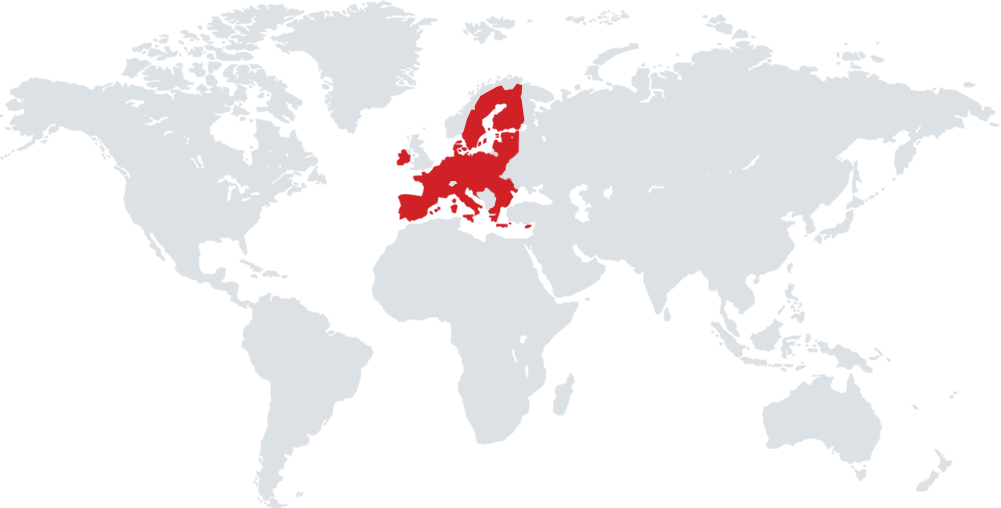
European Standards (EN) and German standards (DIN) cover a wide range of valve design specifications. For example, EN 1983 defines steel ball valves and DIN 3202 defines the surface to surface and center to surface dimensions of industrial valves. These standards are widely used in EU countries, ensuring the interchangeability and uniformity of products.

Standards developed by the International Organization for Standardization (ISO) are widely recognized and used worldwide. For example, the ISO 9001 quality management system standard is also applicable to valve manufacturers, and ISO 5208 specifies the pressure test method for valves. These standards facilitate international trade and technical cooperation and ensure the consistency and high quality of products worldwide.

China's valve standards, issued by the Standardization Administration, cover aspects such as valve design, material selection, manufacturing processes and testing methods. For example, GB/T 12224-2015 specifies stainless steel forged flanges and butt welded ball valves, and GB/T 12237-2007 specifies flange and butt welded steel ball valves. These standards ensure the consistency and reliability of valves used in the country.
Regulating Type
Cutting Type
Adjusting Cutting Type
Metal Type
Non-metal Type
Metal Valve Body Lining Type
Electric Type
Pneumatic Type
Hydraulic Type
Manual Type
Ultra-low Temperature Valve
Low Temperature Valve
Normal Temperature Valve
Medium Temperature Valve
High Temperature Valve
Vacuum Valve
Low Pressure Valve
Medium Pressure Valve
High Pressure Valve
Super High Pressure Valve
It is mainly composed of three parts: valve body, opening and closing mechanism and valve cover, and is widely used in the industry. In the downstream application, it is mainly used in petrochemical (oil refining unit, chemical fiber unit, propylene cyanide unit, synthetic ammonia unit), hydropower station, metallurgy, Marine, food and medicine, environmental protection & sewage treatment, gas, pipeline and rural, urban construction and rural, urban heating ten fields. As an important accessory in industrial production activities, its safety and quality should be considered when selecting.
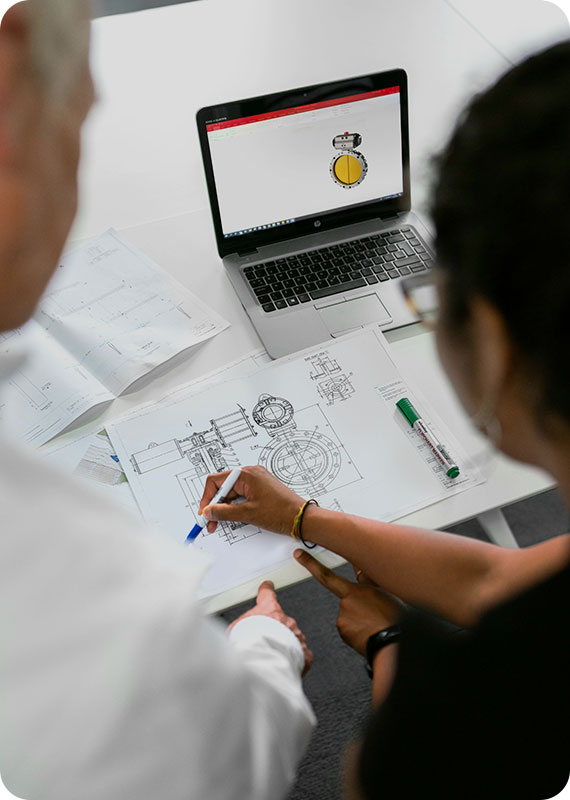

The first step is to clarify the location and working conditions where the valve needs to be installed, and clarify the role the valve needs to play, such as controlling flow, blocking the medium or preventing backflow.

The second step is to determine the size of the valve pipeline and the characteristics of the flowing medium. This is the most important part of selecting the valve type and specification to ensure that the valve can perform at its best under specified conditions.

According to the actual working conditions and the temperature, pressure and chemical properties of the medium, select the appropriate valve body material and confirm that the size of the valve and pipeline match.

After determining the material of the valve body, the accessories in the valve also need to be carefully selected, including the material, manufacturing process, size, design, etc. of the accessories.

Choosing the connection method between the valve and the pipeline is also an important part. The appropriate connection method can ensure that the valve is easy to install and the sealing performance on the pipeline.

The drive mode is the last step in the selection of valves. The drive modes are roughly divided into four categories: manual, electric, pneumatic, and hydraulic. For valves larger than 4 inches, it is recommended to use other drive modes except manual.

The packaging should be selected according to the transportation method to protect the valve from damage during transportation. The transportation methods can be divided into air, sea, land, and rail transportation according to customer needs.

After production, it is packaged after multiple tests such as pressure test, sealing test, material test, etc. to ensure that each valve meets the requirements.


